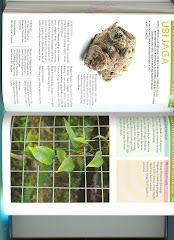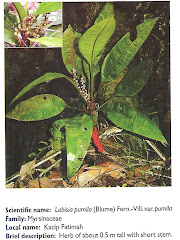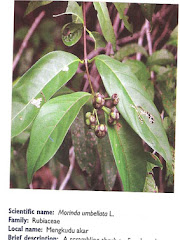31 Mac 2010
Environment Impact of Logging Operation_kalimantan
Logging and/or forest fires cause a direct impact of reducing vegetation cover, and in many cases create a pre-condition for the increase of soil erosion rates during high rainfall. Such an increase in soil erosion rate may be higher than the normal threshold rate from a sustainable forest land productivity viewpoint. Field measurement was focused on surface runoff (overland flow) and eroded soil mass on slopes of 25-35% with light and heavy intensities of logging and control plots. Both logging intensities directly increased surface runoff and eroded soil mass, especially on timber felling, skidding trails establishment and log skidding and/or hauling from the logging compartments through feeder roads to the temporary logyard. Higher rainfall amounts and intensity tended to increase the volume of surface runoff and for some cases also eroded soil mass. The volume of surface runoff was 2559 litre ha-1 year-1; 4711 litre ha-1 year-1 and 5123 litre ha-1 year-1; while the cumulative eroded soil mass was estimated to be 0.073 t ha-1 year-1; 0.046 t ha-1 year-1, and 0.060 t ha-1 year-1 for the light, heavy and control of logging intensities respectively. However, the eroded soil mass in all research plots confirmed that there was no significant relationship between soil erosion rate and logging intensity, and the eroded soil mass was lower than the tolerable/permissible/acceptable soil erosion rate. Therefore, erosion control measures in relation to land productivity after logging and fires do not need to be carried out immediately. Regarding the erosion process, the slope and its length (microtopography) was the most important factor for increasing soil erosion rate. Further, vegetation cover was important in reducing and/or minimising the occurrence of surface runoff and soil erosion.






























.jpg)
.jpg)
.jpg)
.jpg)
.jpg)
.jpg)
.jpg)



















![along[macho]](https://blogger.googleusercontent.com/img/b/R29vZ2xl/AVvXsEjuMi7D33CmR0_KXrCW2XigfLcUuQurcvtqOS139ncCwEzCyB-jUopk7QK7anADIenJEm2S0N6gAY1ubnACYXewgiAsI3rBjnLTawM39alLL-rEopOoVqn0w5WpLhPJH3hrXNtchEhgtyaI/s240/P7150023.JPG)


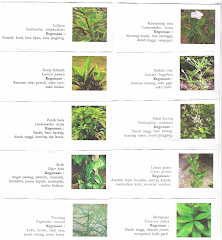
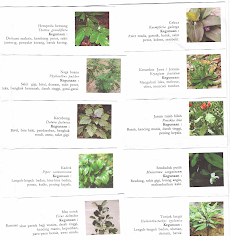


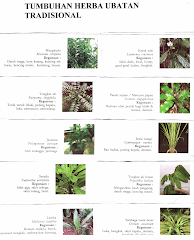.png)






